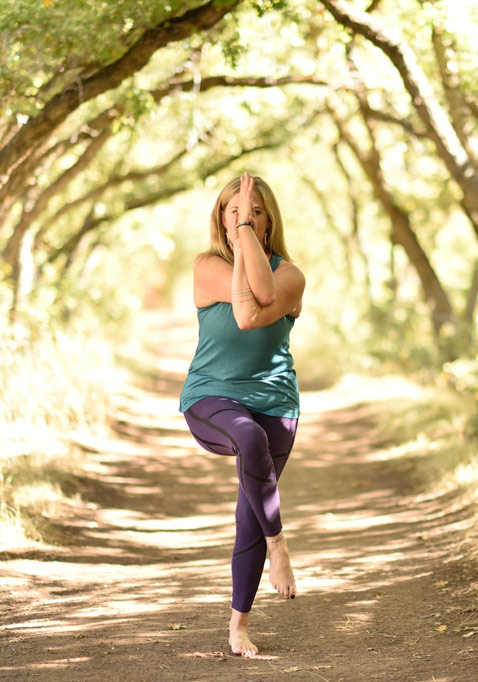
As gods go, Garuda is gargantuan. When he was first hatched from a giant egg, the half-man, half-eagle’s monstrous size so frightened the other Hindu gods that they implored him to shrink himself, which he happily did.
Garuda is known for his ability to grow and shrink in size at will, and to appear and disappear. The Buddhist version of Garuda is said to have had a 40-mile wingspan. When he flaps his wings, Garuda dries up the waters of the ocean in order to expose sea monsters that he then consumes. Garuda’s wing flaps can also move mountains and cause hurricanes.
Garuda is ubiquitous in the East. His image is the national symbol of Thailand and Indonesia, and his legends span across Hinduism and Buddhism. He plays a starring role in the first book of India’s epic, Mahabharata.
Garuda is simultaneously a fierce devourer and compassionate protector. When he takes on his ginormous form, he rids the oceans of nasty dragons and devours slimy serpents, beings for whom he has had a lifelong distaste. In his more diminutive state, he lovingly watches over mountains and temples.
Yoga honors Garuda with his own pose: Garudasana (Eagle Pose). For us mortal humans, practicing Garudasana strengthens ankles, calves and thighs while relieving some cases of sciatica. It may increase our own wingspans by widening that often-compressed space between our shoulder blades. Garudasana challenges our balance, teaching us concentration that calms the mind. According to Return Yoga’s website, “Garudasana is the gargoyle protecting the heart’s temple, the egg that seeds our capacity to fly.”
How to Practice Garudasana
All you need to practice Garudasana is a level surface to stand on. Flooring such as wood, concrete, tile or linoleum, or a level piece of ground works better than carpet. Of course, a yoga mat can provide a solid surface as well..
- Start in Tadasana, with your feet about sit-bones’ width apart and arms comfortably resting at your sides. Take a moment to be aware of how you are standing. Check your breathing and how your feet are contacting the floor. Feel how your body is aligned over your feet. Relax your shoulders, neck and face.
- Bend your knees up to 90 degrees. Shift your weight onto your right foot. Cross your left leg over your right leg, hooking your left ankle behind your right calf if you can. If not, rest your left leg over your right and flex your left foot.
- Now cross your right upper arm over your left. Bend your elbows and bring your hands together. Hold onto the heel of your right hand with the fingers of your left. If your hands don’t connect, you can place your hands on opposite shoulders with your elbows in front of your chest.
- Lift your elbows up to shoulder level. Allow your back body to widen and your front body to draw back into the back body. This is Garuda’s modest, nurturing stance.
- Soften your facial muscles and eyes. Sit down into your right leg. Take 5 to 10 deep, full breaths.
- When you are ready to leave the pose, expand your arms and left leg outward. Think 40-mile wingspan. Take a deep inhalation and then return to Tadasana (Mountain Pose).
- Repeat on the other side.
Cautions for Practicing Garudasana
- People with knee injuries can practice Garudasana by bending your knees and keeping both feet on the ground, as in Utkatasana (Fierce Pose).
- If you have active rotator cuff injuries you are better off not crossing your arms in front of you. This can overstretch the rotator cuff muscles. Instead, place your hands in Anjali Mudra (Prayer Pose) in front of your heart.
Updated article from March 9, 2014.

In Addition to ur explanation n description there is a nice effect o. The vision. Due the arms blocking froward sight it allows us to be come aware of the lateral sight which eagles are well known for.
Thanks for the kudos, Charlotte! I LOVE your work and am so honored to be referenced!
Thanks for your great work! I love your poetic description of Garuda.